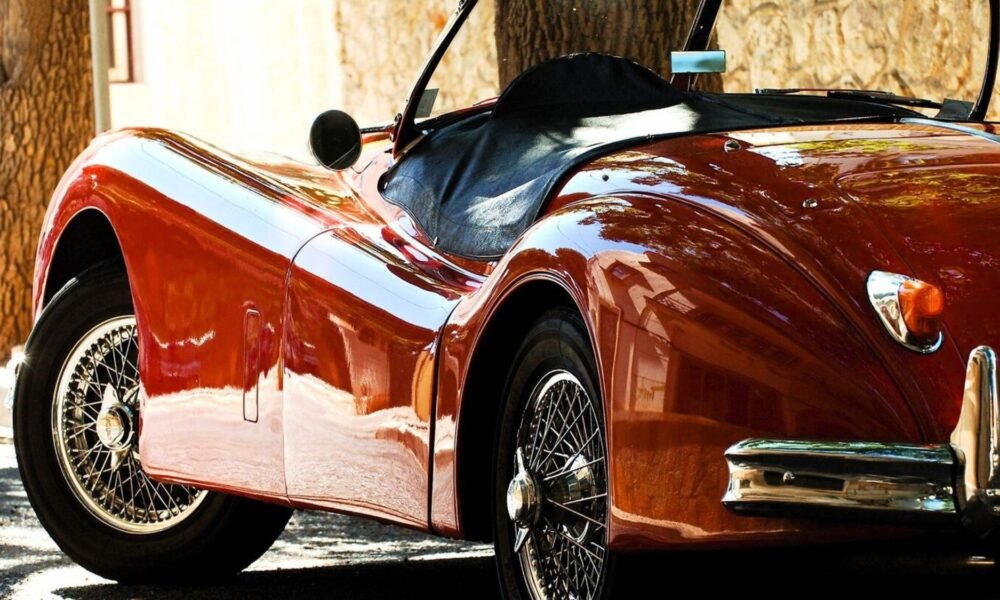Nobody likes having to go into their pocket to give the mechanic a tip. Because of this, it’s crucial to practise routine upkeep, particularly if you drive an automobile that, by modern standards, is “vintage.” This automobile maintenance checklist can help make sure most of your bases have been covered when it’s time to raise the hood and kick the tyres if you desire to save cash while taking additional attention from your daily driver. Maintaining any old car in excellent condition through regular maintenance practices not only promotes longevity, but also security.
In addition to putting less stress on the motor as well as other parts of your vehicle, a smoothly operating an old car also means that you won’t be hindered when driving. Even if following a maintenance checklist won’t completely protect you from future collisions or accidents, a fully efficient old car may assist you in avoiding trouble on the road and save you money. In light of this, here are a few simple DIY automobile service projects you may complete on your own. To see whether your old car is worth being driven on the road then you should go to a class 4 MOT test centre.
Read Over Your Owner’s Manual Thoroughly:
However, consider this: if you bought a brand new technological device, would you simply start utilizing it without studying any of the instructions? Most drivers tend to disregard their owner’s manual. An old car can be thought of in the same way. An owner’s manual is standard on every vehicle. This manual discusses every aspect and component of the old car, both inside and out. As you read through this checklist, you may keep track of the topics and specifics you would like to learn more about.
A Little Examination Of 60 Seconds Might Reveal A Lot:
To let you know that something is wrong, several automotive components are apparent. For instance, be careful to periodically verify that all of the lights are operational. Driver safety depends on operating headlights, taillights, & turn signal lights, all of which are legally required. Additionally, make sure to look for rust on the body, the undercarriage, and also the hood. If left unchecked, rust may spread and cause significant harm.
Check Your Old Car Engine Oil:
When you have your motor oil changed, the shop will put a sticker on the windscreen with the suggested point for when you need to get it changed again based on your odometer reading in the future. The offered value could not always match the automaker’s recommended threshold because not all vehicles and motors are created equal.
Even though it is man-made, synthetic oil is thought to be more effective and last longer than ordinary oil or artificial mixes. This typically implies you can travel farther before having to modify it. The typical miles between oil changes and the viscosity of the motor should be covered in your owner’s manual. You can get a common idea of when to come by comparing that number to the estimate of an oil change.
Verify The Other Auto Fluids:
Other fluids are also used by vehicles, allowing you to manually check them. The simplest is washer fluid, which during the winter may soon run out while also being extremely simple to refill when you’re low. Dipsticks or gauges are included with motor coolant, antifreeze, and steering fluid, making it simple to quickly monitor fluid levels.
Even if your owner’s manual is silent on the subject, you can familiarise yourself with their location and have a peek. Since there is no set mileage for when transmission fluid should be changed, it is recommended to check with the manufacturer for advice. Manuals frequently don’t mention transmission fluid.
Making a Battery Check:
Old car batteries play a crucial role in the operation of a healthy old car and may be tested or replaced with great ease if the proper procedures are followed.
Examine, Turn, and Replace Your Tyres:
A quick walk around may reveal whether one of the four tyres is lower than it ought to be, as checking tyre pressure is always necessary. Make sure the treads were not too worn out by inspecting them.
Cabin Air and Filter:
You shouldn’t disregard two crucial filters since they safeguard the motor and have an impact on the cabin’s air quality. The motor air filter prevents pollutants like dirt and debris from entering. This comprises any dust or other debris which enters the motor from the cabin. Pollutants that could otherwise pass through the vehicle’s HVAC system are blocked by the cabin filter. The air within is shielded from contaminants including pollen, dust, pollution, and mold spores, among others. You will also have to change the cabin filter to maintain that.
Whereas the air filter may differ based on the make and model of the vehicle you’re driving, the cabin filter is typically simple to access. Filters that are clogged force the motor to work even harder to get air through, which has an impact on both performance and fuel efficiency. Manufacturers might or might not specify the specific maintenance intervals based on mileage in the owner’s handbook. In either case, they all provide some advice regarding the proper timing.
Final Words:
If you see that your need for routine auto upkeep is increasing, it may be time to move to a old car that is slightly simpler to keep.




